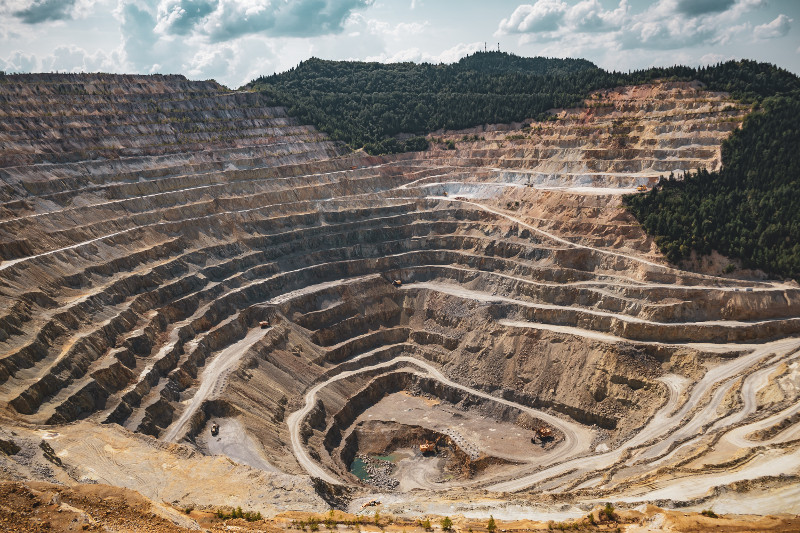-
Dissolved metals such as copper, cadmium, and zinc can be toxic to aquatic life, particularly fish. The current tool used to estimate site-specific water quality criteria for a metal is the biotic ligand model (BLM). The BLM intends to quantify how water chemistry affects speciation and biological availability of metals in aquatic ecosystems. This is important because bioavailability and bioreactivity of metals control their potential for acute or chronic harm. A BLM incorporates aquatic chemistry, fish physiology, and ecotoxicology but not ecology.
-
NEPA, CEQ regulations, and agency directives describe in detail what is to be done in preparing an EA or EIS that is compliant with the law and all regulations. It does not direct staff or external contractors how each requirement is to be met. This white paper presents specific requirements and explains how the APPLIED ECOSYSTEM SERVICES’ quantitative approximate reasoning model, Eikos™ fulfills these requirements so that the results are demonstrably technically sound and legally defensible.
-
Nepa Compliance Howto
Categories: Estimated reading time: 2 minutes
When complying with NEPA requirements you benefit from submitting technically sound, legally defensible documents to regulators. NEPA, CEQ regulations, and agency directives describe in detail what is to be done in preparing an EA or EIS that is compliant with the law and all regulations. It does not direct staff or external contractors how each requirement is to be met. This blog post presents specific requirements and explains how using a quantitative approximate reasoning model, fulfills these requirements so that the results are demonstrably technically sound and legally defensible. -
Nonpoint Source Pollution Regulation
Categories: Estimated reading time: 9 minutes
Nonpoint source water pollution adversely impacting a beneficial use is regulated by discharge allocations from a Total Maximum Daily Load. Whether a waterbody requires a TMDL depends on how its condition is assessed. The Clean Water Act, as amended in 1987, specifies using environmental ambient conditions to assess waterbodies, but regulators focus on single chemical ions or compounds based on point source discharge regulations. The limitations of this approach and the benefits of a different approach are explained here. -
Natural ecosystems are complex and highly variable at multiple size scales. Because of the difficulties of accurately summarizing complexity and variability in an index number, regulators often require a reference area for comparison with a proposed or reclaimed project area. Agreement on a suitable reference area may be a requirement prior to permitting or bond-release decisions for mining and logging operations. It is common for selection of an acceptable reference area to take a long time.
-
Environmental regulations should be based on technically sound and legally defensible data analyses that are interpreted using the best available science. This tutorial compares mathematical deterministic process models with stochastic statistical models to answer regulatory decision-making questions. The models used to support environmental regulations under conditions of uncertainty have not kept pace with our increased understanding of ecosystems and their responses to human industrial activities, nor to advances in statistics that fit the unique attributes of environmental data.
-
Everyone recognizes that environmental data have spatial attributes. We are all familiar with GIS-produced maps showing where data were collected in relation to each other and to other variables. However, maps do not provide a critical requirement to objectively make operational decisions, justify environmental policies and regulations, or help finders of fact in litigation reach sound decisions. What maps lack is the quantitative description of patterns and relationships that reflect underlying environmental processes.
-
Staying ahead of climate change
Categories: Estimated reading time: 2 minutes
Understanding that complying with all your environmental permit conditions shows regulators that you comply with environmental statutes does not protect you from challenges and litigation is a necessary foundation for sustaining your operations. Permit compliance conditions are minimal and do not reflect the effects of the changing climate on your operations and the environments in which it set. This blog post addresses storm water discharge; NEPA, ESA, TSCA and others have the same needs but a broader scope. -
Most industrial operations discharge storm water into a receiving water body from a single point of discharge from the permitted area. The water leaving the site will have many chemical constituents, some of which are considered to be pollutants (or contaminants) by statute. States differ in their water quality standards, but all require permit compliance monitoring. How the reported results are analyzed can make a huge difference to the permit holder’s operations.
-
Streamlining NEPA Compliance
Categories: Estimated reading time: 3 minutes
When looking at streamlining the NEPA (National Environmental Policy Act) process without reducing quality everything is open to reconsideration. Quantifying subjectivity and reordering tasks can dramatically reduce the time to produce a technically sound and legally defensible EIS and Record of Decision (ROD), but there is more that can be done. Data collection and numerical modeling offer opportunities to increase EIS quality while decreasing the time involved. The data are used to characterize existing environments and predict alternative future environments.



